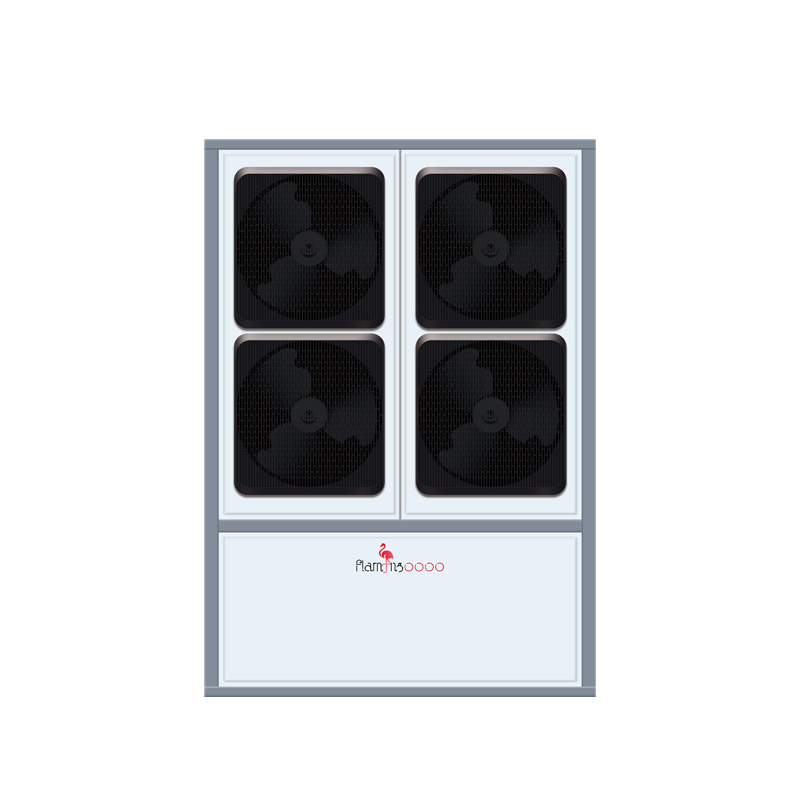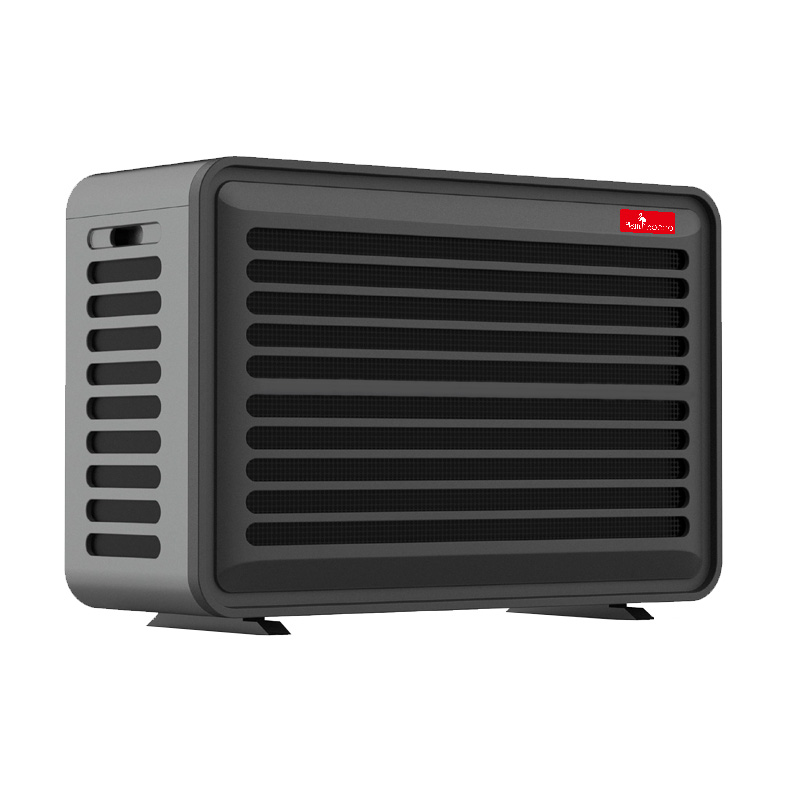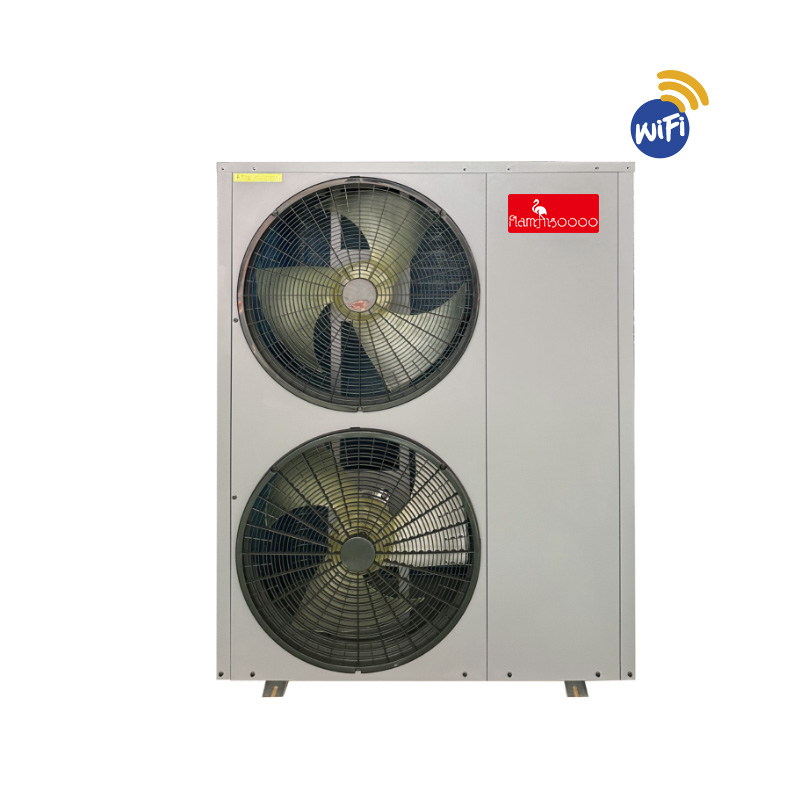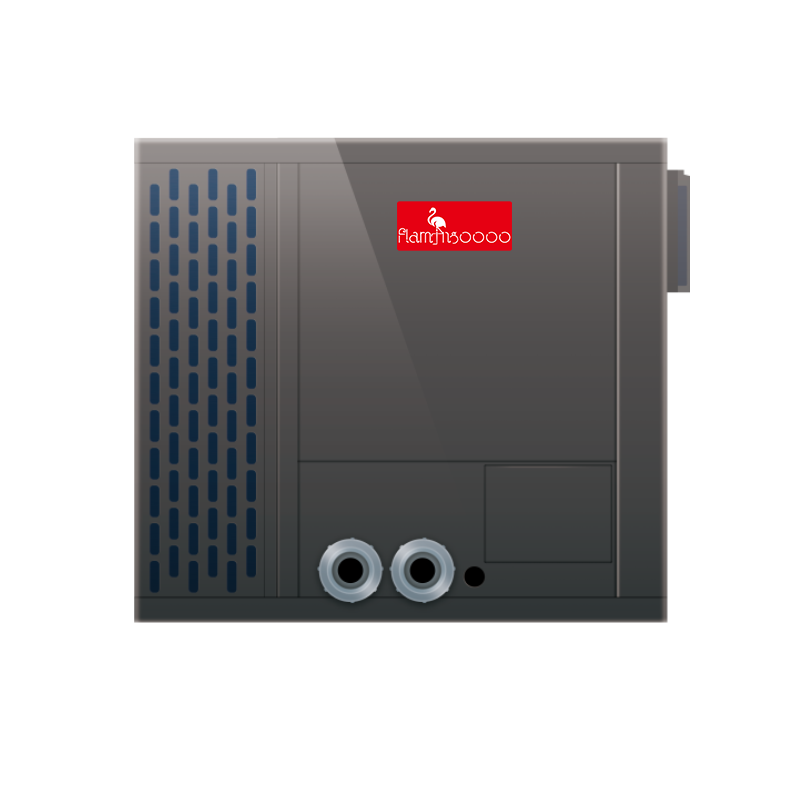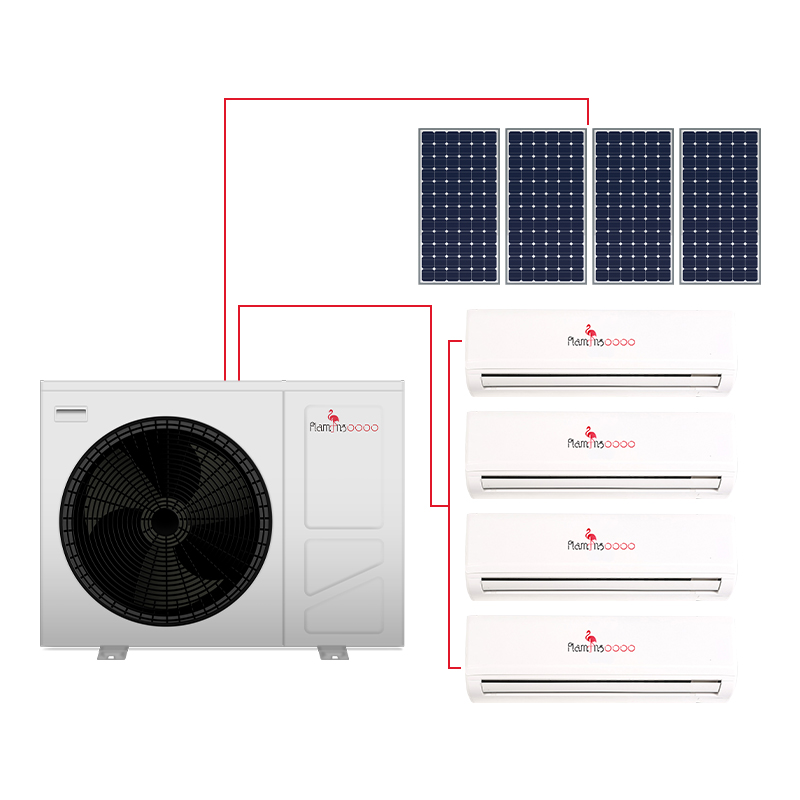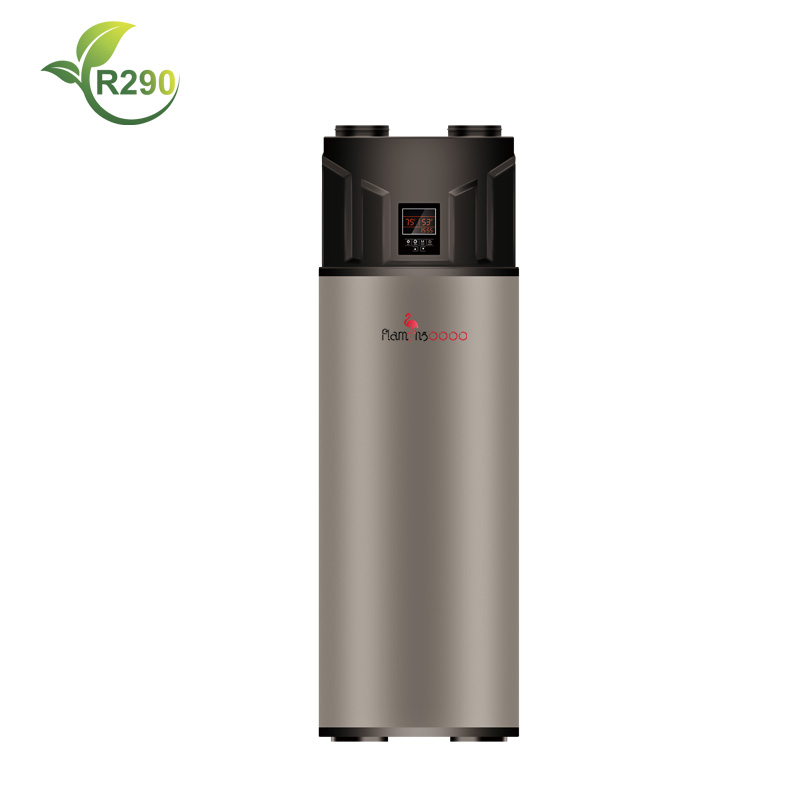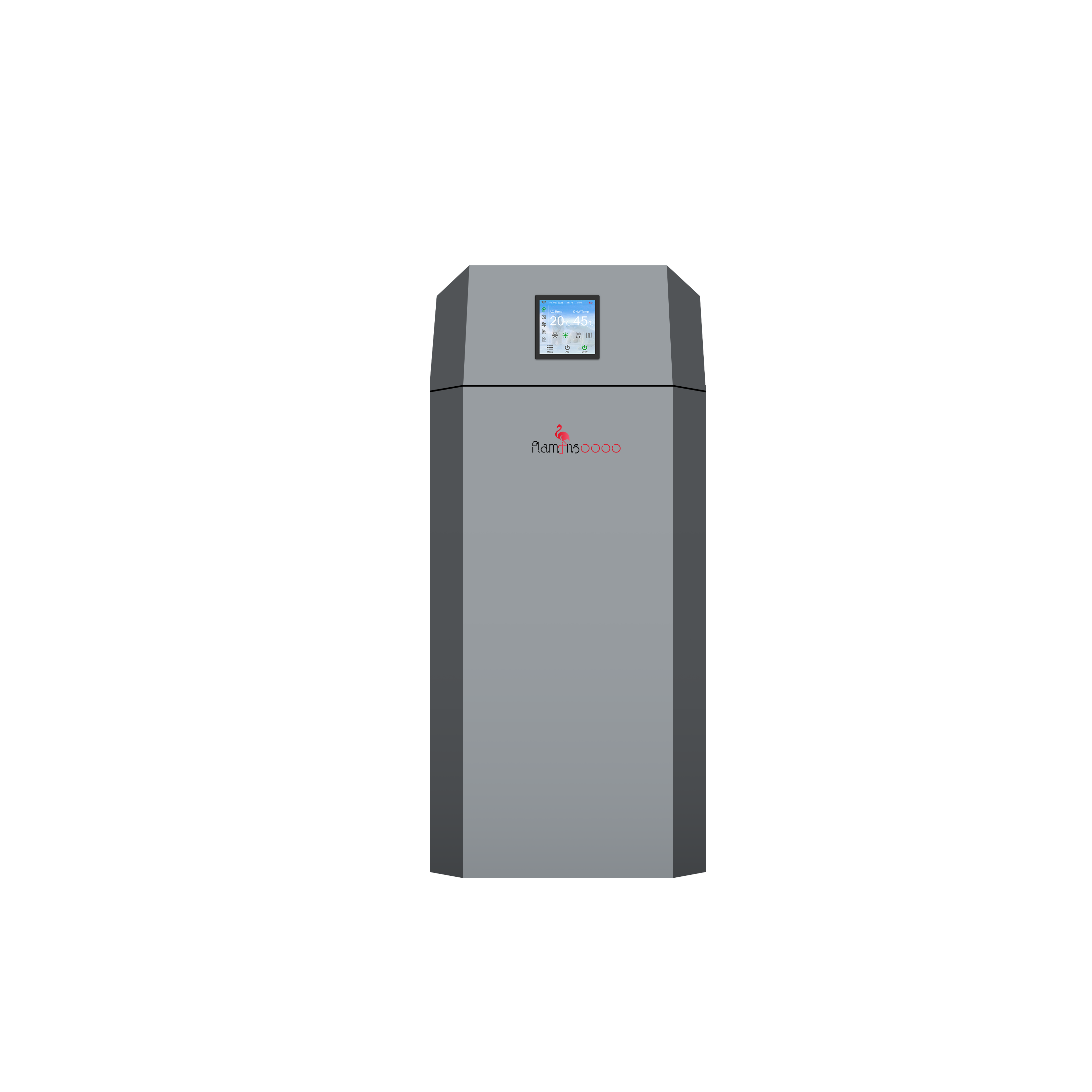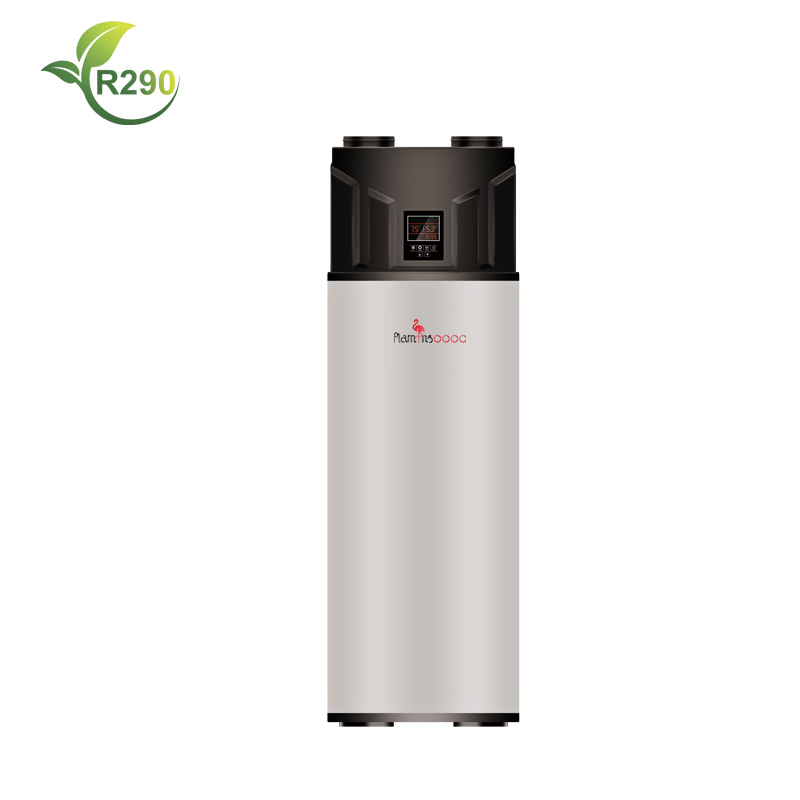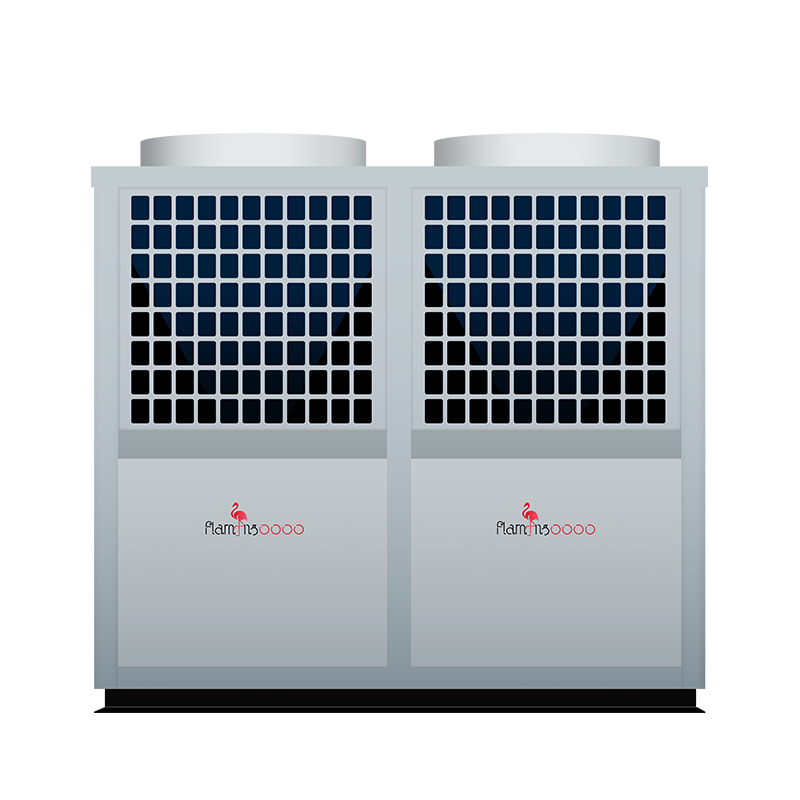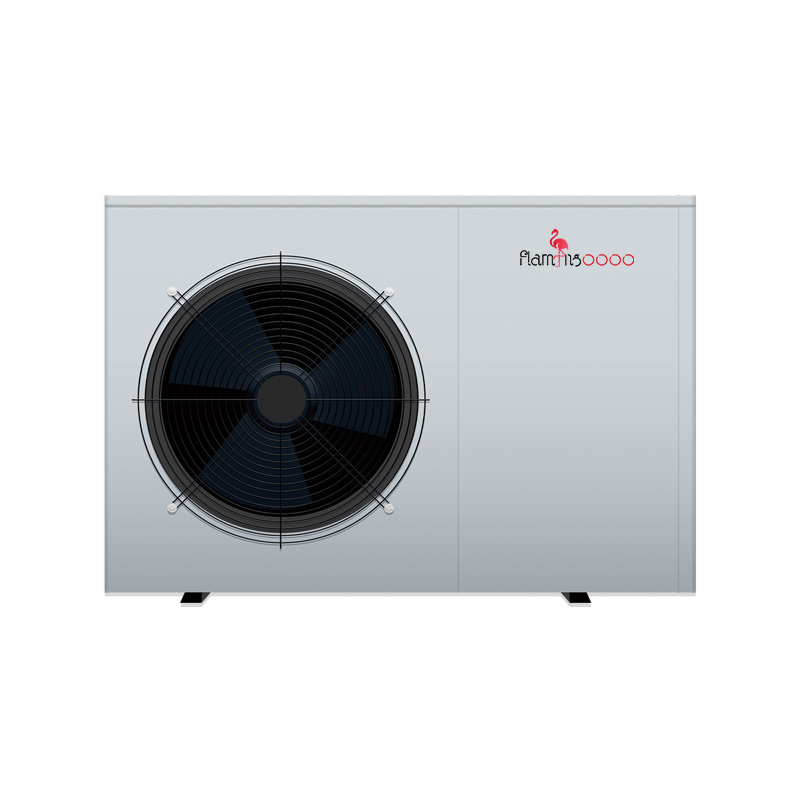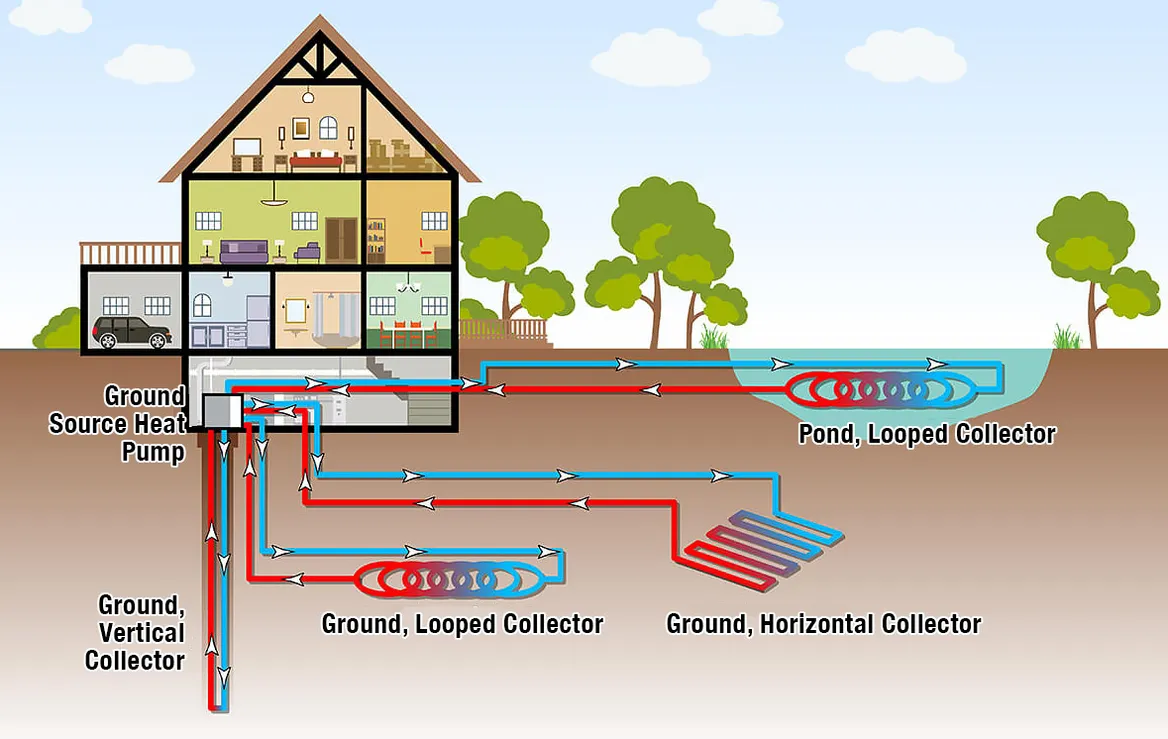What are the Differences: Air Source, Water Source, and Ground Source Heat Pumps
Introduction
Heat pumps have become one of the most efficient and environmentally friendly ways to heat and cool buildings while also providing hot water. Among the various types available, air source heat pumps (ASHPs), water source heat pumps (WSHPs), and ground source heat pumps (GSHPs) are the three primary options. Each of these systems utilizes a different heat exchange medium—air, water, or ground—to transfer heat, making them suitable for different climates, locations, and applications.
This article explores the key differences, benefits, and best use cases of these three types of heat pumps.
1. Air Source Heat Pumps (ASHPs): The Most Common and Versatile Choice
How ASHPs Work
Air source heat pumps extract heat from the ambient air and transfer it indoors for heating or reverse the process for cooling. They use a refrigerant cycle to absorb heat from the outdoor air, compress it to increase the temperature, and then release it into the indoor space or water system.
Advantages of ASHPs
✔ Easier and cheaper to install – Requires no underground piping or access to a water source.
✔ Versatile applications – Can provide space heating, cooling, and hot water.
✔ Suitable for most climates – Works effectively in moderate and warm climates.
✔ Lower upfront cost – More affordable compared to water and ground source heat pumps.
Limitations of ASHPs
Less efficient in extreme cold – Their performance declines in temperatures below -20°C (-4°F) since there is less heat in the air to extract.
Higher energy consumption in winter – May require backup heating in extremely cold regions.
Outdoor unit exposure – Requires space outside for the compressor unit, which may be noisy.
Best Use Cases
🏡 Residential heating and cooling in moderate climates.
🏢 Commercial buildings where installing a water or ground system is not feasible.
🌍 Countries with mild winters, such as the UK, USA (southern states), and Japan.
2. Water Source Heat Pumps (WSHPs): Efficient but Requires a Water Body
How WSHPs Work
Water source heat pumps work similarly to ASHPs, but instead of extracting heat from the air, they use rivers, lakes, wells, or other water bodies as a heat exchange source. Because water maintains a more stable temperature than air, WSHPs can operate more efficiently year-round.
Advantages of WSHPs
✔ Higher efficiency than ASHPs – Water temperature remains more stable, improving performance.
✔ Works well in both cold and hot climates – More consistent than ASHPs, even in winter.
✔ Less outdoor space required – No need for a large outdoor unit, making it suitable for urban areas.
✔ Lower operating costs – Uses less electricity compared to ASHPs due to stable water temperatures.
Limitations of WSHPs
Requires access to a water source – Not practical for properties without a nearby river, lake, or well.
More complex installation – Requires permits and engineering work to ensure proper water use.
Potential environmental regulations – Some regions have restrictions on using natural water sources.
Best Use Cases
🏡 Homes and businesses near lakes, rivers, or large wells.
🏭 Industrial facilities needing consistent heating and cooling.
🏙 Urban areas where land is limited, but a water source is available.
3. Ground Source Heat Pumps (GSHPs): The Most Efficient, But Costly to Install
How GSHPs Work
Ground source heat pumps, also known as geothermal heat pumps, extract heat from the ground through a network of buried pipes filled with a refrigerant or water mixture. The ground maintains a stable temperature year-round, usually between 10–16°C (50–60°F), making GSHPs extremely efficient.
Types of GSHP Systems
There are two main types of ground source heat pump configurations:
Horizontal loop systems – Pipes are laid in shallow trenches (1–2 meters deep) over a large area. Best for homes with large yards.
Vertical loop systems – Pipes are drilled deep into the ground (50–150 meters deep). Best for smaller properties where space is limited.
Advantages of GSHPs
✔ Most energy-efficient heat pump type – Can achieve a 400-500% efficiency rating (COP 4-5).
✔ Works in extreme climates – Provides reliable heating even in cold winters.
✔ Lower long-term costs – Higher installation cost but lower energy bills over time.
✔ Long lifespan – Underground piping lasts 50+ years, and heat pumps last 20–25 years.
✔ Eco-friendly – Reduces carbon footprint significantly compared to fossil-fuel heating.
Limitations of GSHPs
High upfront installation cost – Requires drilling or excavation, which is expensive.
More space needed for horizontal loops – Not suitable for properties with limited land.
Longer payback period – Initial investment takes 5-10 years to recover through energy savings.
Best Use Cases
🏡 Large residential properties with space for horizontal loops.
🏢 Commercial buildings requiring consistent heating and cooling.
❄ Cold climates where ASHPs become less effective in winter.
4. Choosing the Right Heat Pump for Your Needs
| Feature | Air Source Heat Pump (ASHP) | Water Source Heat Pump (WSHP) | Ground Source Heat Pump (GSHP) |
|---|---|---|---|
| Efficiency | Medium (250-300% COP) | High (300-400% COP) | Very High (400-500% COP) |
| Installation Cost | Low | Medium | High |
| Operating Cost | Medium | Low | Very Low |
| Climate Suitability | Moderate to warm climates | All climates | All climates |
| Space Requirements | Requires outdoor unit | Needs access to water | Needs underground piping |
| Lifespan | 15-20 years | 20-25 years | 25-50 years |
Conclusion: Which Heat Pump Should You Choose?
Choose an Air Source Heat Pump (ASHP) if you want an affordable, easy-to-install option for moderate climates.
Choose a Water Source Heat Pump (WSHP) if you have access to a river, lake, or well and want higher efficiency than ASHPs.
Choose a Ground Source Heat Pump (GSHP) if you want the most efficient system and are willing to invest in higher upfront costs for long-term savings.
Regardless of which type you choose, heat pumps are a cost-effective and sustainable solution to heating, cooling, and hot water needs, making them an excellent investment for energy-conscious homeowners and businesses.

